Doing Time, Doing Vipassana is a film of genre Documentary
Doing Time, Doing Vipassana (1997)
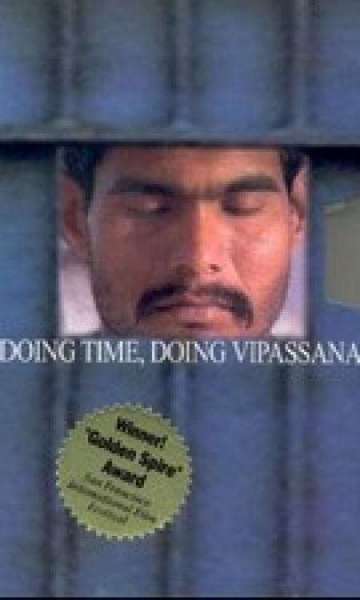
If you like this film, let us know!
- Infos
- Casting
- Technical infos
- Photos
- Videos
- Film quotes
- Characters
- Music
- Awards
Length 52minutes
Genres Documentary
Themes Medical-themed films, Prison films, Documentary films about law, Documentary films about health care, Films about psychiatry, Documentary films about law enforcement
Rating80%










Doing Time, Doing Vipassana is a 1997 Israeli independent documentary film project by two women filmmakers from Israel, Ayelet Menahemi and Eilona Ariel about the use of Vipassanaas taught by S. N. Goenka as a rehabilitation method and its impact on foreign and Indian prisoners which was then known as one of the harshest prisons in the world. The film inspired other correctional facilities such as the North Rehabilitation Facility in Seattle to use Vipassana as a means of rehabilitation.
Synopsis
Two women filmmakers from Israel, Ayelet Menahemi and Eilona Ariel, initiated this independent project. In the winter of 1994-95 they spent five months in India, doing intensive research on the use of Vipassana as taught by S. N. Goenka as a rehabilitation method and its dramatic impact on foreign and Indian prisoners.The authorities were unusually cooperative, allowing the team free access to two Indian jails. The documentary begins with the story of Tihar Prison - a huge and notorious institution housing 10,000 inmates, 9,000 of them awaiting trial. When a new Inspector General, Kiran Bedi, was posted there in 1993, Tihar entered period of rapid-fire change.Comments
Leave comment :
Suggestions of similar film to Doing Time, Doing Vipassana
There are 8971 with the same cinematographic genres, 4959 films with the same themes (including 0 films with the same 6 themes than Doing Time, Doing Vipassana), to have finally 70 suggestions of similar films.If you liked Doing Time, Doing Vipassana, you will probably like those similar films :
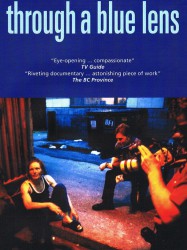
Through a Blue Lens (1999)
, 52minutesOrigin Canada
Genres Documentary
Themes Medical-themed films, Films about drugs, Documentary films about law, Documentary films about health care, Films about psychiatry, Films about disabilities, Documentary films about law enforcement
Rating77%





 , 1h30
, 1h30Origin USA
Genres Documentary
Themes Medical-themed films, Documentary films about law, Documentaire sur une personnalité, Documentary films about health care, Films about psychiatry, Films about disabilities, Documentary films about law enforcement
Rating79%






Just, Melvin: Just Evil (2000)
, 1h36Origin USA
Genres Documentary, Crime
Themes Films about children, Medical-themed films, Films about sexuality, Films about pedophilia, Documentary films about law, Documentary films about health care, Documentary films about child abuse, Films about psychiatry, Films about disabilities, Films about child abuse
Rating69%





Whitney, at the time a Wall Street executive, returns to his rural hometown of Carlotta, California, and interviews his family members about his maternal stepgrandfather, Melvin E. Just. Just sexually abused 10 of Whitney's relatives, including his mother, uncle, aunts and step-aunts, some as young as 2 years old. The consequeneces have resulted in dysfunction spanning three generations of the family. Whitney reveals he was also molested by his uncle, who now lives incestuously with his half-sister. Whitney's aunts discuss their struggles with alcohol and drug addiction, and bouts of homelessness and prostitution.

While No One Is Watching (2013)
, 58minutesGenres Documentary
Themes Films about children, Medical-themed films, Films about sexuality, Films about pedophilia, Documentary films about law, Documentary films about health care, Documentary films about child abuse, Films about psychiatry, Films about disabilities, Films about child abuse
Rating66%






Winter Buoy (2015)
, 1h26Genres Drama, Documentary
Themes Medical-themed films, Films about drugs, Documentary films about law, Documentary films about health care, Documentary films about cities, Films about psychiatry, Films about disabilities
Rating68%





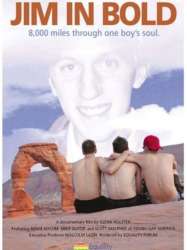
Jim in Bold (2003)
Origin USA
Genres Documentary
Themes Medical-themed films, Films about sexuality, Films about suicide, LGBT-related films, Documentary films about law, Documentaire sur l'homosexualité, Documentaire sur une personnalité, Documentary films about health care, Films about psychiatry, Films about disabilities, LGBT-related films, LGBT-related film
Rating75%





The film, titled after a poem by Wheeler, details the abuse he received at the hands of his classmates because of his homosexuality. It also presents interviews and a cross-nation road-trip with members of Young Gay America, an online teen organization for gays, and compares the teasing and physical abuse Jim suffered to the increasingly open attitudes towards homosexuality six years later when the film was first shown.
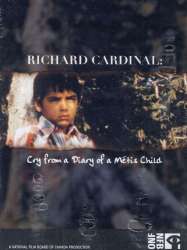
Genres Documentary
Themes Films about adoption, Films about children, Films about families, Medical-themed films, Films about suicide, Documentary films about law, Documentary films about health care, Films about psychiatry, Films about disabilities
Rating75%





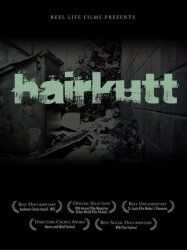
HairKutt (2007)
, 1h17Origin USA
Genres Documentary
Themes Medical-themed films, Films about drugs, Documentary films about law, Documentary films about health care, Films about psychiatry, Films about disabilities
Rating76%





The film stars Bryant “HairKutt” Johnson, director Elliott, Maurice Bradley, and Anthony Dorsey as four friends from St. Louis, Missouri, who travel to a remote cabin in the Smokey Mountains of Tennessee. Their plan is to spend a week together to help Hairkutt kick his 15-year addiction to heroin.
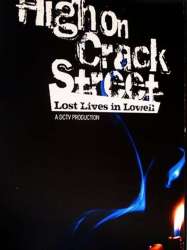
Genres Documentary
Themes Medical-themed films, Films about drugs, Documentary films about law, Documentary films about health care, Films about psychiatry, Films about disabilities
Rating73%





While Lowell is generally known for its central role in the Industrial Revolution as the first planned textile town in the United States, the city had fallen on hard times since the mills left the city in the early 1920s. Wang Laboratories, a major employer in Lowell in the more prosperous 1980s, declared bankruptcy and virtually went out of business in the early 1990s. The Lowell of 1995 had a large percentage of the population unemployed or underemployed, in poverty, and unaffected by positive things in the city like the Lowell National Historical Park and The Lowell Folk Festival (established in 1990). Much of the film takes place in a lower-class section of the city's (Lower) Highlands neighborhood.

Suicide Killers (2006)
, 1h20Directed by Pierre Rehov
Origin USA
Genres Documentary
Themes Medical-themed films, Films about suicide, Films about terrorism, Documentary films about law, Documentary films about war, Documentary films about historical events, Documentaire sur une personnalité, Documentary films about politics, Documentary films about health care, Documentary films about terrorism, Films about psychiatry, Films about disabilities, Political films
Rating63%





 Connection
Connection